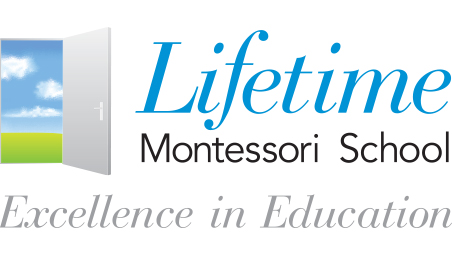(858) 759-0631
Primary Program
Montessori and Transitional Kindergarten (MTK)
Montessori Transitional Kindergarten (MTK) is a specific type of Transitional Kindergarten (TK) program that integrates the Montessori educational philosophy. It offers a unique blend of early childhood education, combining the structured approach of TK with the child-centered, hands-on learning principles of Montessori.
Reading Aloud Still Works!
Young Children Respond With Better Behavior and Stronger Attention in Class
Lunch and Picky Eating
Lunch is not usually regarded as an important meal of the day. In the scope of things, breakfast is always touted as important because it’s the first meal you start with, and dinner is important because that is the time you get to spend together as a family. Lunch, in the meantime, gets only snippets of our attention, and we usually spend it eating at a desk, in front of a computer, or on our phone (I am guilty of that).
The Math Area in a Primary Classroom
I want to talk about The Math Area in our classroom briefly. Like our Language program, the lessons in our Math area are presented to each child from concrete to abstract form. The child does this work within the three years of the primary program. The materials here are also set in progression, helping the child understand and accomplish the primary form of math.
Exploring the World Through Language
Before a child enters the primary environment, they have already begun exploring the world through language by learning the language around them. The child will learn many words and perfect their sentence formation; they hunger for words, knowledge, and information.
The Sensorial Area
The Sensorial Area consists of materials that help the child refine their five senses. It begins with their sense of sight, with materials like the Pink Tower and the Geometry Cabinet, and continues to their Stereognostic Senses.
What is Practical Life?
The Practical Life area is one of the four general sections in our Prepared Environment (classroom). Activities here are essential to the development of the child. They build on the child's natural interest and help him develop good work habits, concentration, eye-hand coordination, a lengthened attention span, and body control. (Montessori, The Secret of Childhood) They lay the foundation for all other work.
Supporting the Development of Concentration
As Montessori educators, we believe that it is essential for children to develop the skill of concentration, control, and coordinated movements during the first six years of life. These skills lead to the child’s ability to self-manage, self-regulate and focus on the tasks. This is part of what makes learning fun for the child!
Traveling to New Environments
Travel season is here, and this is always full of excitement and celebrations, as well as stress and preparations. We expect many families would take these opportunities to travel, and therefore we would like to share some pieces of Montessori philosophy that will help you prepare for travels.
"Working" in a Montessori Environment
What are the lessons in our Bumblebee Montessori environment? Why do the children call them “work”? How are they given? How often are they given? And so forth. Let's briefly discuss these lessons that take place in our Primary classroom.

